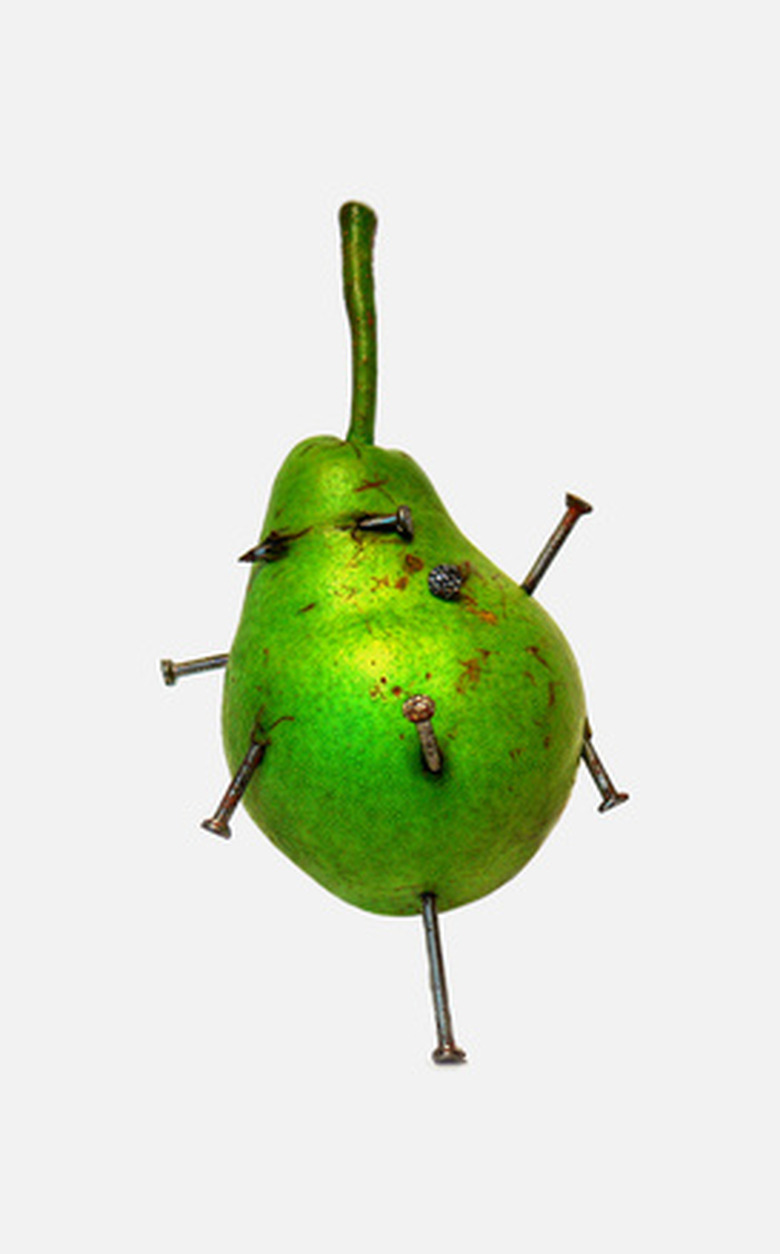White Plant Fungus
White fungus includes a wide variety of fungi, but a common name shared by all is powdery mildew. Powdery mildew is often specific to the plant or soil it has infected, its effect ranging from no damage to severe corruption of the plants ecosystem. Powder mildew can often be treated chemically and, if caught early, will not damage the plant severely.
Symptoms
White mold will often cause blighting or rotting of above-ground plants, also damaging the root system if left unchecked. Blighting appears as spots on the foliage of the plant, while root damage causes the leaves and stem to discolor and wilt as the roots are unable to absorb water and nutrients.
Appearance
Powdery mildew will appear as a coating over the leaf surface of the plant. Mildew appears as small, circular spots, which can be removed by rubbing the leaves. The spots expand as the fungi matures, making the plant look dusty. Leaves may become distorted or fall off.
- White fungus includes a wide variety of fungi, but a common name shared by all is powdery mildew.
- Blighting appears as spots on the foliage of the plant, while root damage causes the leaves and stem to discolor and wilt as the roots are unable to absorb water and nutrients.
Conditions
Powdery mildew prefers humid environments, and prefers plants that are crowded, have low air circulation and are shaded. The fungi spores are released through the powdery mildew, which travels when plant leaves touch or through the air. Powdery mildew may travel between plant species, one species as the host of the fungi, the other the intended victim. During winter, the fungi feeds off decaying debris from the plant such as leaves, fruits or vegetables.
Cultivation as Prevention
Cultivation practices can prevent the appearance of powdery mildew. Plants require adequate spacing to allow for maximum air circulation through the foliage and good coverage of sun. Porous soil is required to prevent collection of moisture and humidity. Where powdery mildew once existed, avoid adding new plants unless they are a resistant variety. Collecting fallen leaves and rotting material removes the fungi food and prevent propagation.
- Powdery mildew prefers humid environments, and prefers plants that are crowded, have low air circulation and are shaded.
- The fungi spores are released through the powdery mildew, which travels when plant leaves touch or through the air.
Chemical
Fungicide application prevents the growth and spread of powdery mildew. Fungicides are for prevention only and will not kill existing fungi on the plant. Spraying is required at the beginning of the season, before budding, with regular application every 7 to 10 days–7 days if there is rain and 10 if the conditions are dry.
